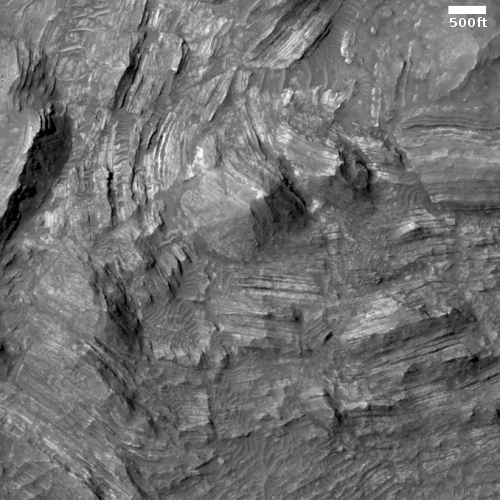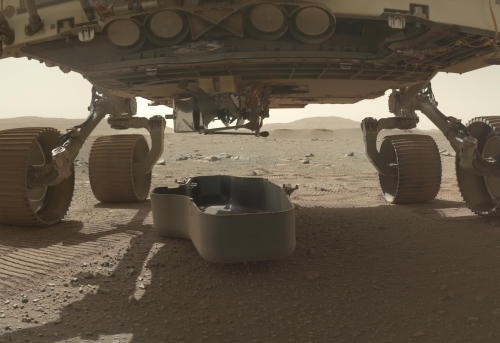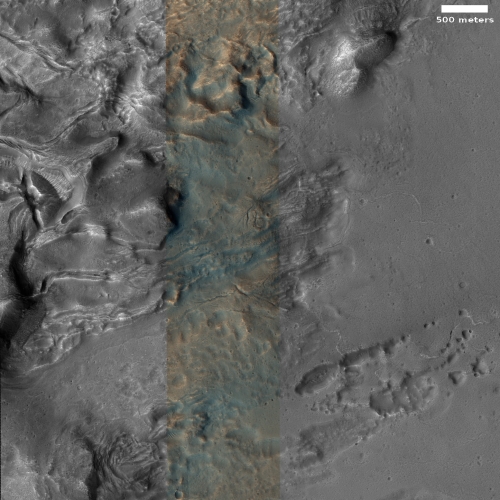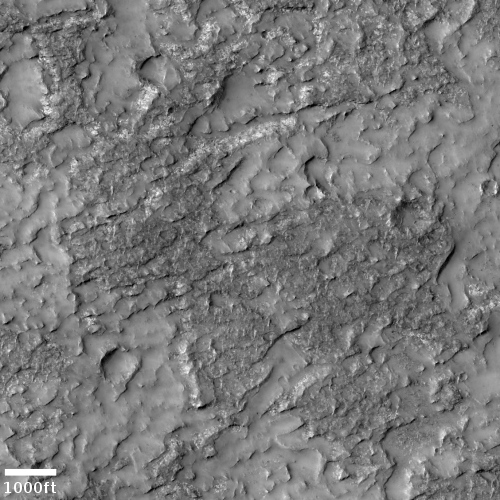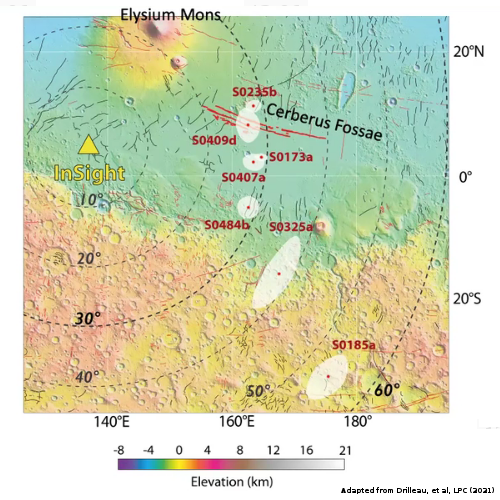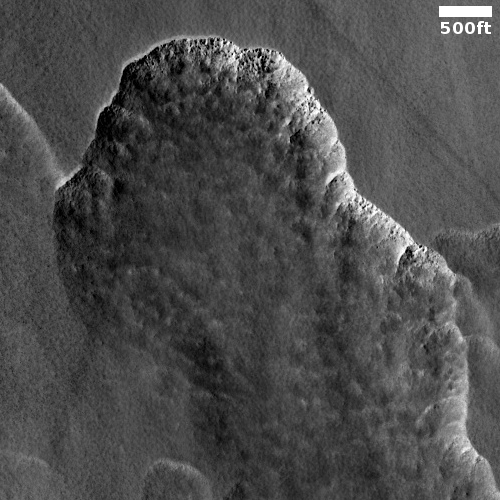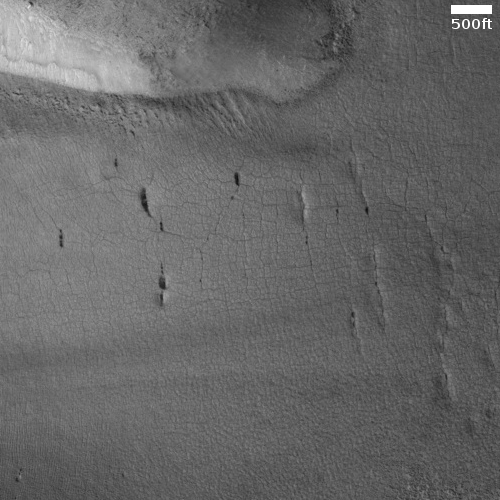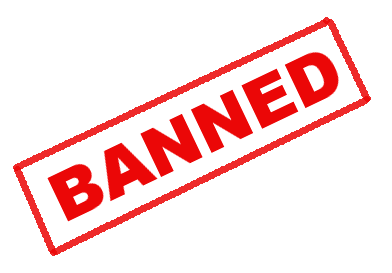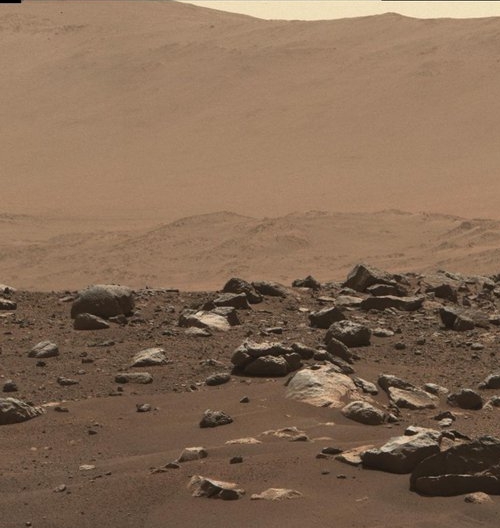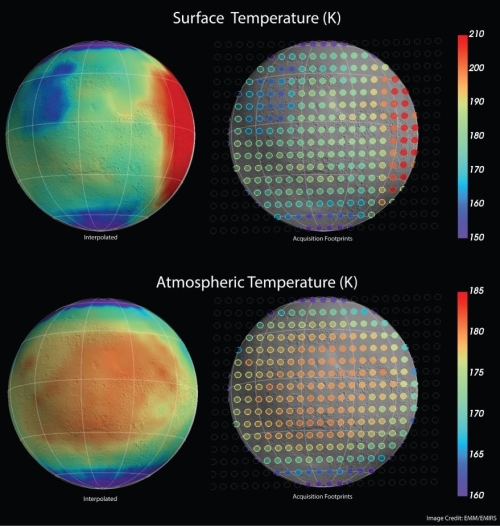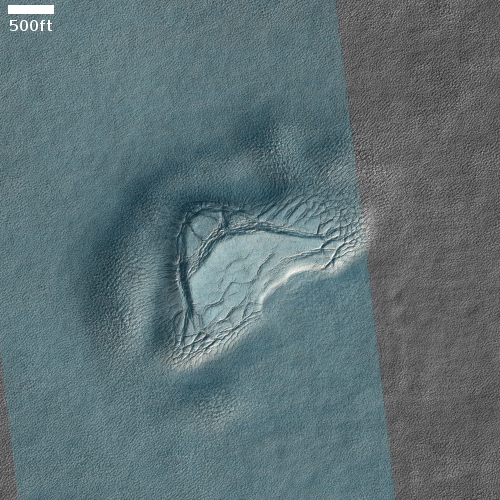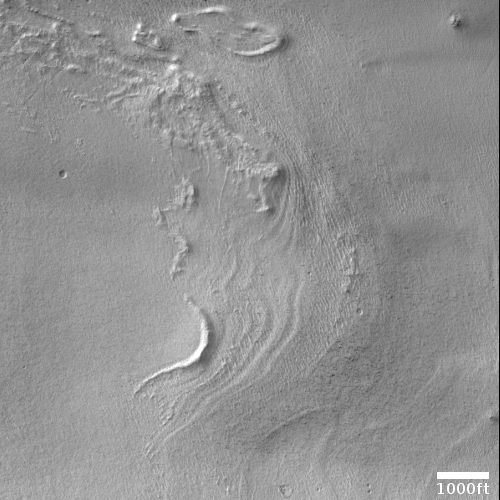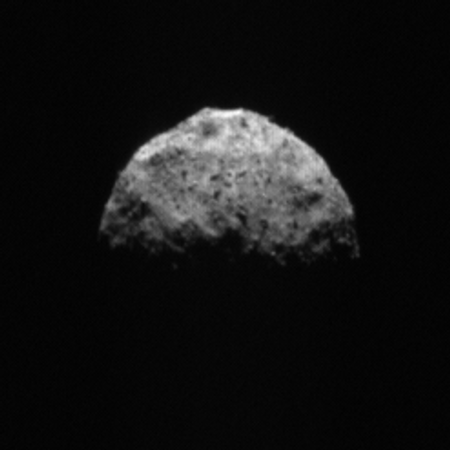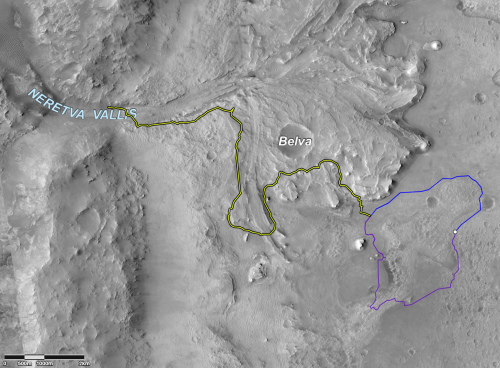A data-based broad look at the entire COVID epidemic, one year later

The Scream by Edvard Munch
One year ago I posted an essay entitled COVID-19: the unwarranted panic. At that time we had just begun a “15-day-lockdown” to slow the spread of the virus, a lockdown that has ended up lasting a year with literally no signs of ending, even though vaccines for the coronavirus are now available and are being administrated widely to millions.
In that essay I reviewed four early science studies that provided some solid initial data about the coronavirus, all of which strongly suggested that it was not the plague many government healthy officials at that time were proclaiming it to be. Instead, these studies showed that it was only a threat to the elderly sick, that it was relatively harmless to a young population, and that the death rate was low, likely well below 1% and possibly very comparable to the flu.
These data strongly suggested to me that lockdowns, social distancing, masks, and restrictions on the freedom of the healthy and young were all a bad idea. Better to follow the traditional response to past such epidemics in which you quarantine the sick, protect the vulnerable (the elderly), and allow everyone else to go about their lives as normal.
We did not do this, however. Instead, as a society we chose in the past year to do the exact oppose, imposing strict lockdowns, mandating social distancing and mask use everywhere, while quarantining the healthy. We did this based on the worst scenarios and models put forth by health officials, who firmly believed COVID-19 was far worse than any past epidemic, and required a new, radical, and much harsher response.
I now want to ask, one year later: Whose conclusions about the seriousness of COVID-19 were more accurate? Was it just another type of flu, though maybe somewhat worse, as I posited, or was it the deadly pestilence predicted by the world’s health authorities?
» Read more

